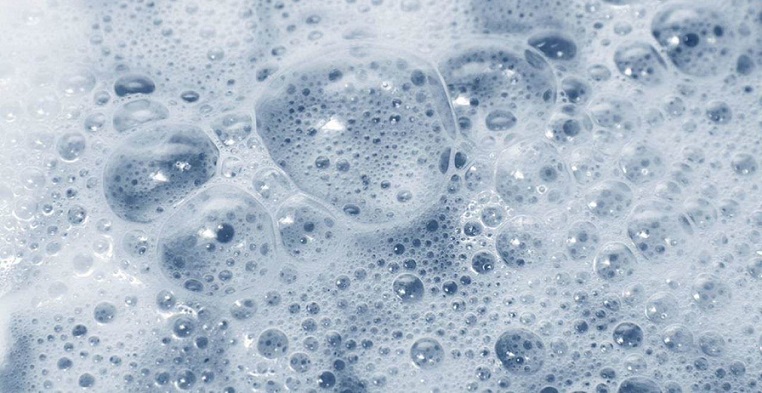

EUROLAB in finished products, intermediates and residues; provides analysis services within the scope of identification and quantification of surfactants. EUROLAB is a leading provider of surfactant analysis services for the consumer products industry and surfactant manufacturers.

EUROLAB uses state-of-the-art instruments to efficiently and accurately evaluate products and materials for surfactants. Our liquid separation laboratory is fully equipped with Ultra-Performance Liquid Chromatography (UPLC), High Performance Liquid Chromatography (HPLC) and Liquid Chromatography-Mass Spectrometry (LC-MS) instruments for the separation, identification and quantification of surfactants in a variety of sample matrices.
Examples of EUROLAB Laboratory's surfactant (surfactant) testing capabilities:
Techniques used for the process
EUROLAB has the most advanced instrumentation to perform surfactant analyses. Most surfactant analyzes will require some separation of components within the sample. Our laboratory routinely uses LC-MS for these analyses. Our laboratory is well equipped with LC-MS instruments that can provide accurate mass information about the components in the sample. This; It allows us to take quick action to test the components in the product.
Complex surfactant formulations can contain dozens of ingredients in a wide range of concentration levels, requiring a multidisciplinary approach. A coordinated approach combining extraction, separation science, and spectroscopy skills may be required. A more frequently used standard approach is a combination of NMR and MALDI that combines both chemical specificity and absolute quantification.
Nonionic Surfactant Analysis:
Anionic Surfactant Analysis:
Cationic Surfactant Analysis:
Zwitterionic Surfactant Analysis:
LC-MS can also detect compounds without UV chromophores that cannot be detected by HPLC-UV. Once identified, the surfactant in the sample can be quantified using UPLC, HPLC or LC-MS. EUROLAB has other tools for more difficult analysis, including GC-MS ,NMR , FT-IR , ICP and many other instruments. Only the most suitable techniques will be used for the project and will help you manage the cost of the project.
Impact Analytics will contact you during your surfactant analysis to ensure your project goals are met. Throughout the project you will be able to determine if your needs are being met and whether additional testing is required to meet your needs.
To get an appointment, to get more detailed information or to request an evaluation, you can ask us to fill in our form and reach you.